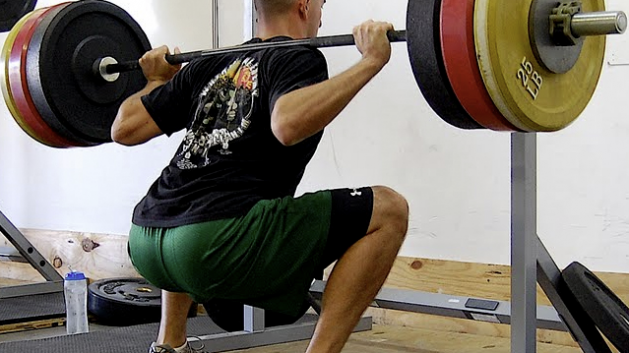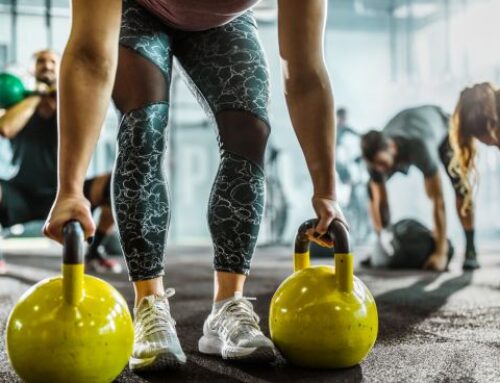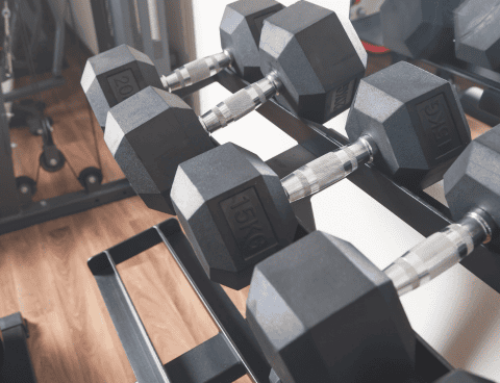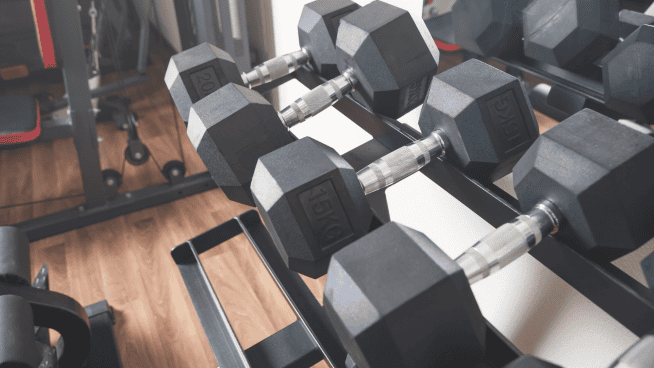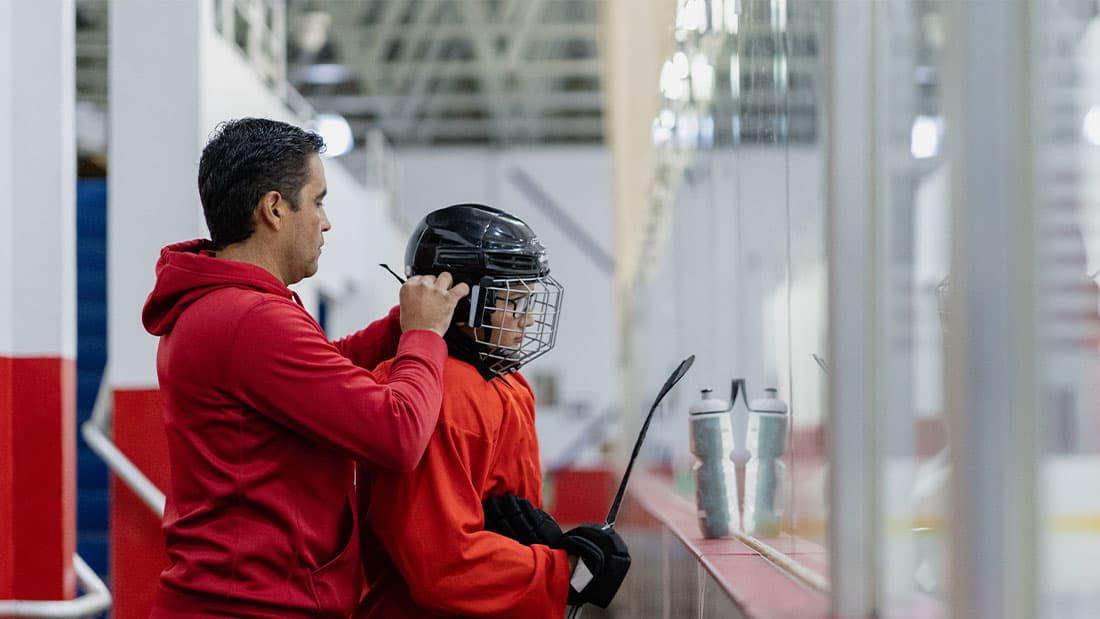Back Squat Technique: How to Hold the Barbell
The Back Squat is one of the best exercises to build lower-body strength and power.
You may have learned proper Back Squat technique, but did anyone ever teach you how to actually hold the bar on your back?
Probably not.
It may seem like a minute detail, but adjusting the position of the bar completely alters the exercise. Bar position affects force angles and posture, and it also changes the Squat’s impact on your lower back, legs and hips.
At Performance U, we don’t simply grab the bar and Squat. We selected a bar position that will help us achieve our training goals.
High Bar Position
The high bar position calls for the barbell to rest across the upper trapezius muscles. Bodybuilders commonly use this technique.
Select this position:
- If your goal is to build quad size and strength.
- If you are performing slow and light reps for time under tension. You will be able to squat deeper, increasing the amount of time you lift during each rep.
Low Bar Position
The low bar position calls for the barbell to rest across your middle trapezius and rhomboid muscles. Powerlifters commonly use this technique.
Select this position:
- If your goal is to build hip and low-back strength.
- If you are a female who wants to counteract quad dominance by focusing on your glutes and hamstrings.
- If you lack ankle mobility. The low bar position encourages a hip-focus Squat, similar to a Box Squat.
- If you have a high degree of shoulder mobility.
There’s No Right Answer
Both bar positions offer unique benefits, because they load the body differently. We may alternate bar placement with each consecutive Squat workout to create variety and offer a constant challenge—assuming there are no mobility limitations.
Other Options
If you have limited shoulder or t-spine (mid-back) mobility, the Back Squat may be uncomfortable in both positions. If this is the case, choose the Front Squat.
Read more:
Photo: Catalystathletics.com
RECOMMENDED FOR YOU
MOST POPULAR
Back Squat Technique: How to Hold the Barbell
The Back Squat is one of the best exercises to build lower-body strength and power.
You may have learned proper Back Squat technique, but did anyone ever teach you how to actually hold the bar on your back?
Probably not.
It may seem like a minute detail, but adjusting the position of the bar completely alters the exercise. Bar position affects force angles and posture, and it also changes the Squat’s impact on your lower back, legs and hips.
At Performance U, we don’t simply grab the bar and Squat. We selected a bar position that will help us achieve our training goals.
High Bar Position
The high bar position calls for the barbell to rest across the upper trapezius muscles. Bodybuilders commonly use this technique.
Select this position:
- If your goal is to build quad size and strength.
- If you are performing slow and light reps for time under tension. You will be able to squat deeper, increasing the amount of time you lift during each rep.
Low Bar Position
The low bar position calls for the barbell to rest across your middle trapezius and rhomboid muscles. Powerlifters commonly use this technique.
Select this position:
- If your goal is to build hip and low-back strength.
- If you are a female who wants to counteract quad dominance by focusing on your glutes and hamstrings.
- If you lack ankle mobility. The low bar position encourages a hip-focus Squat, similar to a Box Squat.
- If you have a high degree of shoulder mobility.
There’s No Right Answer
Both bar positions offer unique benefits, because they load the body differently. We may alternate bar placement with each consecutive Squat workout to create variety and offer a constant challenge—assuming there are no mobility limitations.
Other Options
If you have limited shoulder or t-spine (mid-back) mobility, the Back Squat may be uncomfortable in both positions. If this is the case, choose the Front Squat.
Read more:
Photo: Catalystathletics.com

